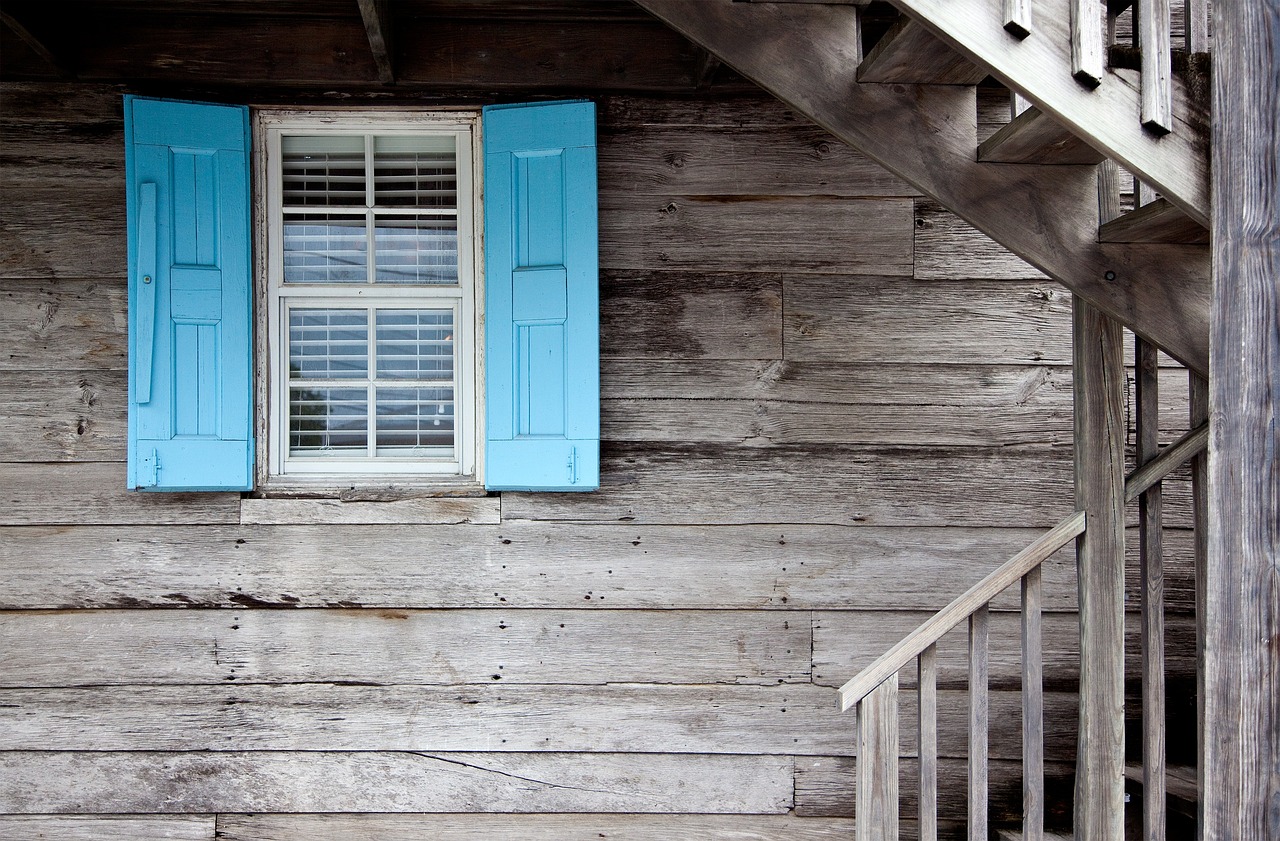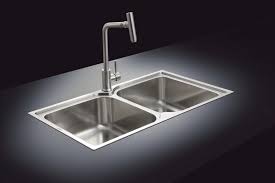Sustainable Cabin Design: Eco-Friendly Retreats in Nature
Incorporating recycled materials into the design of buildings and spaces has become increasingly popular in the construction industry. This sustainable approach not only helps reduce waste but also promotes environmental consciousness. By repurposing materials such as reclaimed wood, recycled glass, and salvaged metal, designers can create unique and eco-friendly structures that make a positive impact on the planet.
Designing with recycled materials also offers the opportunity to add character and charm to a project. The aging and patina of recycled materials bring a sense of history and authenticity to a space, creating a one-of-a-kind aesthetic that cannot be replicated with new materials. Whether used for flooring, furniture, or decorative elements, incorporating recycled materials adds a touch of sustainability and individuality to any design concept.
Utilizing Passive Solar Design Techniques
Passive solar design techniques leverage the natural elements of sunlight and heat to minimize the energy consumed in buildings. By strategically placing windows and utilizing thermal mass materials, passive solar design optimizes the collection and distribution of solar heat throughout a space. This approach not only reduces the reliance on artificial heating systems but also enhances the overall comfort and well-being of occupants.
Incorporating passive solar design techniques into architectural plans requires a thoughtful consideration of factors such as building orientation, window size, and shading devices. Building designs that maximize exposure to the sun during the winter months while minimizing heat gain in the summer can significantly decrease energy consumption and operational costs. Through integrating passive solar principles into the initial stages of the design process, architects and designers can create sustainable and energy-efficient buildings that align with modern environmental standards.
Incorporating Green Roofs for Energy Efficiency
Green roofs have gained popularity in recent years as a sustainable way to enhance energy efficiency in buildings. By incorporating a layer of vegetation on the roof, these green roofs help reduce heat absorption and minimize the urban heat island effect. This natural insulation not only helps to regulate indoor temperatures but also lowers the need for artificial heating and cooling.
In addition to reducing energy consumption, green roofs also offer several other benefits. They can improve air quality by absorbing pollutants and carbon dioxide, as well as provide habitats for birds and insects in urban areas. Furthermore, green roofs can help manage stormwater runoff by absorbing and filtering rainwater, reducing the strain on drainage systems during heavy rainfall events.
What are some benefits of incorporating green roofs for energy efficiency?
Green roofs can help reduce energy consumption by providing natural insulation, absorbing heat, and reducing the urban heat island effect.
How can recycled materials be used in the design of green roofs?
Recycled materials such as reclaimed wood, recycled plastic, and salvaged metal can be used in the construction of green roofs to reduce waste and environmental impact.
What are some passive solar design techniques that can be utilized in conjunction with green roofs?
Passive solar design techniques such as orienting the building to maximize sunlight exposure, utilizing thermal mass, and incorporating shading devices can enhance the energy efficiency of green roofs.
Are there any maintenance requirements for green roofs?
Green roofs require regular maintenance such as weeding, watering, and inspecting for leaks to ensure optimal energy efficiency and longevity.
Can green roofs be incorporated into existing buildings?
Yes, green roofs can be retrofitted onto existing buildings to improve energy efficiency, reduce stormwater runoff, and create green space in urban environments.







